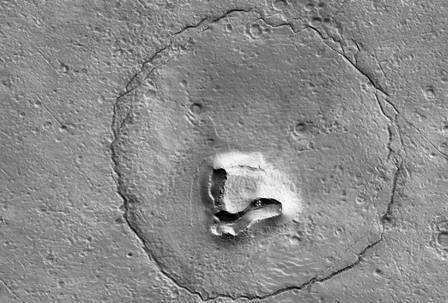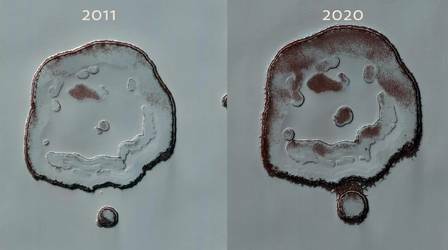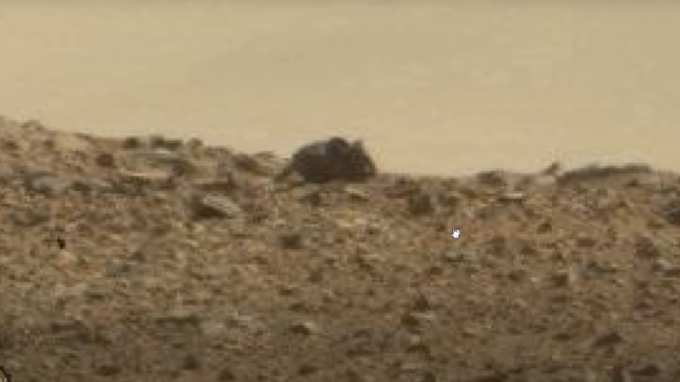Over the years, several space missions have been launched with the aim of studying outer space. Thus, we were bombarded with information from the extraterrestrial world, mainly from the astronomers' favorite planet: Mars. So it's not hard to find records from Mars these days. NASA even recorded a formation on the Martian surface that resembles a bear. Then check out the image.
The Bear from the Red Planet
see more
Japanese company imposes time restriction and reaps benefits
Alert: THIS poisonous plant landed a young man in the hospital
In fact, we know that life doesn't exist in a complex way, like here on Earth, there on Mars. However, this did not prevent the NASA found a bear in the middle of the red surface. That's right: a bear. But not in the way we're used to seeing them around here.
What happens is that an area, delimited by a circle with craters and a hill within the space, formed a figure that represents the face of the honey-loving mammal. There's even a name for the habit of the human being to recognize faces in any existing random formation: pareidolia.
see the image
It was through the HiRise camera (High Resolution Imaging Experiment) present on the probe Mars Reconnaissance Orbiter (MRO), that the University of Arizona recorded the image. Follow:

According to reports, the formation is about 2 km in diameter. In addition, the researchers explained the probable way in which the formation acquired this format.
The possible formation of the “face”
Probably, the circle formed represents an ancient crater that, over the years, was filled by materials from larvae and/or mud. Apart from the eyes, there are two other smaller craters that, for unknown reasons, are identical. As for what represents the animal's mouth and nose, it is apparently a deformed hill.
Other Cases of Pareidolia on Mars
As mentioned earlier, pareidolia causes us to see faces in completely random formations. This condition causes visual or sound information to reach the brain and relate it to something familiar, being completely involuntary. Incidentally, the bear's face wasn't the first case of pareidolia found on Mars. Follow some already registered:
Happy face

Snake

Mouse


